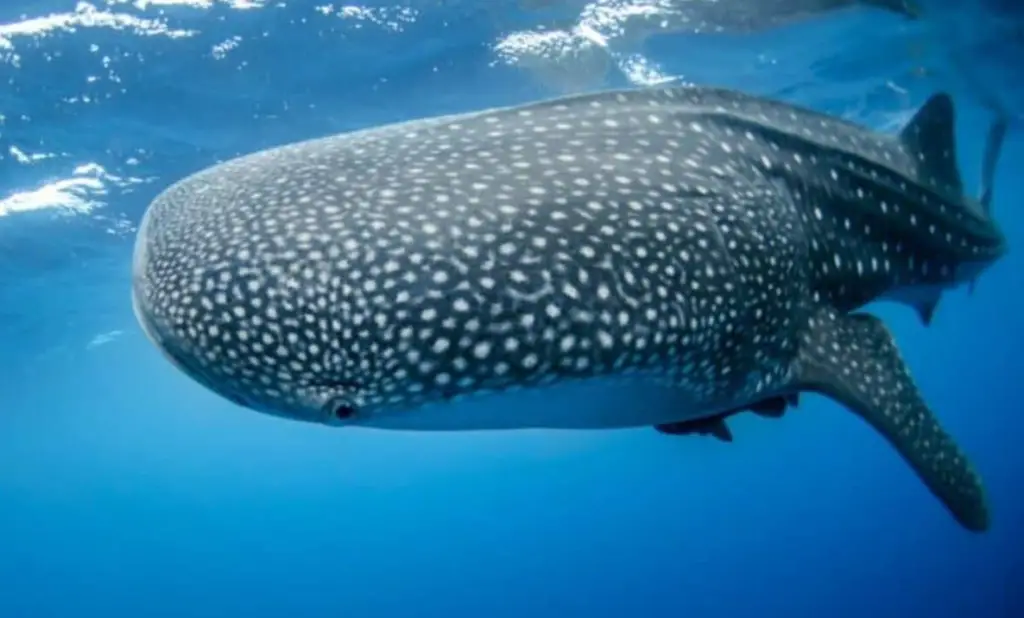Do Dead Bodies Sink or Float? The Science Behind a Macabre Mystery

Imagine this: a quiet beach on Australia’s south coast, waves lapping at the shore, and then—out of nowhere—a running shoe washes up with a human foot inside.
That’s exactly what happened in February 2021, when the remains of Melissa Caddick, an Australian fraudster who vanished in 2020, were found.
Her case gripped the nation and raised a chilling question: what happens to a body in water? Do dead bodies sink or float? Let’s dive into the science, and trust me, it’s as fascinating as it is unsettling.
The Initial Sink: Why Bodies Go Down First
When someone dies in water, especially if they drown, their body is likely to sink.
It’s all about density. Our bodies are mostly water—about 60% to be exact—but when we’re alive, the air in our lungs acts like a life jacket, keeping us buoyant.
When we die, particularly in drowning cases, that air gets replaced by water, making the body denser than the surrounding water.
Down it goes, often faster than you’d think.
A 2017 study found that drowning victims can sink in less than 10 seconds, with times as short as 7 seconds for some.
Factors like chest size, water depth, and currents play a role.
Smaller chests mean less air to begin with, so sinking happens faster.
It’s why search and rescue teams move quickly—every second counts when a body is sinking.
But here’s a twist: not all water is the same. A 1977 study on 98 men showed that at the lung volume of a recently deceased person, 69% would float in seawater, but only 7% in freshwater.
Why? Saltwater is denser, so it’s easier for a body to stay afloat. If you’re ever in a grim situation, the ocean might give you a slight edge—at least in terms of buoyancy.
The Rise: How Decomposition Brings Bodies Back Up
Now, let’s get to the part that’s both gross and kind of mind-blowing.
After a body sinks, it doesn’t stay down forever. Decomposition kicks in, and with it comes a process called putrefaction.
The bacteria in our guts—outnumbering our cells 20-to-one—start breaking down tissues, producing gases like methane, hydrogen sulfide, and carbon dioxide.
These gases get trapped inside the body, acting like internal balloons that reduce the body’s density and cause it to float back to the surface.
How long does this take? It depends. In warm water, decomposition is faster, so bodies might resurface in a few days.
In colder water, it could take weeks. In the deepest, coldest parts of the ocean, some bodies might never float, slowly turning into skeletons on the seafloor.
Forensic expert Dr. Devin Finaughty explains it well: once our immune system stops, those gut bacteria have a “massive food bonanza,” metabolizing sugars and fats and producing those smelly, buoyant gases.
But not every body floats. If it’s weighed down—think heavy clothing or, in some grim cases, cement shoes—it might stay submerged.
Even bodies attached to weights have resurfaced, though, showing just how powerful those decomposition gases can be.
Decomposition in Water: A Different Beast
Decomposition in water is slower than on land, thanks to cooler temperatures and less oxygen.
This anaerobic environment puts the brakes on bacterial activity.
But once a body floats to the surface, things speed up. Exposure to air, sunlight, and different bacteria can accelerate decay.
In cold water, something called adipocere can form.
It’s a waxy, soapy substance made from body fat that can preserve a body, sometimes keeping it intact for weeks or even months.
Divers have found bodies in cold water that look almost lifelike after weeks.
In warm, tropical waters, though, it’s a different story.
Marine life like fish, crabs, and sea lice can strip a body to bones in just a couple of weeks, as noted in a 2016 study on water-based decomposition.
And let’s talk about those scavengers. In tropical waters, carnivorous fish can skeletonize a body in days.
Entire limbs have been found in shark stomachs, though experts usually conclude the sharks fed on already-deceased remains.
This scavenging can make it hard to find a complete body, as seen in cases like Melissa Caddick’s.
The Case of Melissa Caddick: A Real-Life Puzzle
Speaking of Melissa Caddick, her case is a textbook example of how complicated this can get.
She vanished in November 2020 from her Sydney home, just after a police raid over her alleged financial misconduct.
Three months later, her foot was found in a shoe on Bournda Beach, 500 kilometers south.
DNA confirmed it was hers, but the coroner couldn’t pin down how or when she died. Suicide? Accident? Murder? The ocean kept her secrets.
Oceanographic modeling suggested her body could have entered the water near her home and drifted south, carried by currents.
The fact that only a foot was found points to disarticulation—likely by marine life or currents—before the body could fully decompose and float as a whole.
It’s a stark reminder of how the ocean can scatter evidence, making forensic work a nightmare.
What Happens When Bodies Float
Once a body floats, it’s exposed to a whole new world. Sunlight and air speed up decomposition, and scavengers like sea birds might join the feast.
Algae can start growing on the skin, and in some cases, bodies can mummify if they wash up in a dry, windy environment.
A 2016 study noted that bodies often float face down because the torso, packed with gas-producing bacteria, bloats more than the limbs or head, tilting the body forward.
This face-down floating isn’t just a quirk—it’s a clue for investigators. It suggests the body has been decomposing long enough for gases to build up.
But if the body is fresh or weighed down, it might not float at all, complicating the search.
Why This Matters: Marine Forensics
Understanding whether bodies sink or float is critical for marine forensics.
It helps investigators estimate how long a body has been in the water and where it might have entered.
In Caddick’s case, drift modeling helped narrow down possible entry points, but variables like currents, temperature, and salinity make it an inexact science.
Each case is a puzzle, and the ocean doesn’t always give up its pieces easily.
For example, cold water slows decomposition so much that bodies can remain intact for weeks, while warm water can reduce a body to bones in days.
Salinity, tides, and even the presence of marine life all add layers of complexity.
Forensic teams rely on everything from oceanographic data to the types of algae or barnacles on a body to piece together the timeline.
Personal Perspective: Why This Grips Us
I’ll be honest—this topic is unsettling, but I can’t look away.
It’s a reminder of how fragile we are, how our bodies, once full of life, become part of nature’s cycle.
There’s something almost poetic about it: even in death, we feed the ocean’s ecosystem, from bacteria to fish to birds.
But it’s also humbling. The ocean is vast and unpredictable, and cases like Melissa Caddick’s show us that even science struggles to unravel its mysteries.
What gets me is the human side of it. Imagine the families waiting for answers, hoping for closure.
Marine forensics isn’t just about science—it’s about giving people peace, even when the ocean holds its secrets tight.
Each case teaches us a little more, but there’s still so much we don’t know.
Table: Factors Affecting Whether Bodies Sink or Float
| Factor | Effect on Sinking/Floating |
|---|---|
| Cause of Death | Drowning fills lungs with water, causing faster sinking. Other causes may leave air in lungs. |
| Water Type | Saltwater (denser) increases likelihood of floating; freshwater less so. |
| Temperature | Warmer water speeds decomposition and floating; colder water slows it, may prevent floating. |
| Body Weight/Objects | Heavy clothing or weights can keep a body submerged despite gas buildup. |
| Marine Life | Scavengers can dismember a body, preventing it from floating intact. |
| Currents/Tides | Can move a body far from entry point, affecting where and if it’s found. |
































